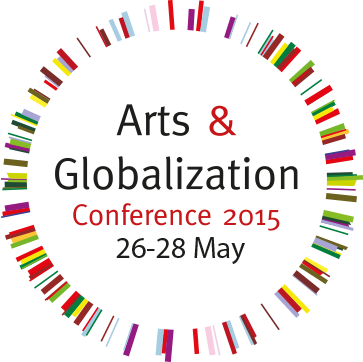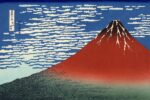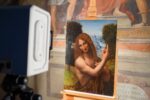Art & Globalization – Conference 2015

Conferenza
Comunicato stampa
Are you a curator, artist, cultural policy maker, museum professional, researcher, gallerist, performer, writer, publisher, cultural journalist, theatre professional, communicator, cultural diplomat, musician or producer involved in the arts? Join us for the first Arts & Globalization Conference this spring in the city of Copenhagen, Denmark.
The Western canons in the art history have come to an end. A global, contemporary art of diverse origins has taken its place. What are the implications for curators, artists and museums? Who are the new auteurs? What is cultural translation in the arts?
The conference Arts & Globalization – Achieving Intercultural Dialogue Through the Arts aims to engage with the complexities of the new status of arts and visuality in contemporary art practice and art theory in the context of “globalization”. It will address the complex interplay between cultural policy making, art curation and art production.
This is the first conference of its kind taking place in the city of Copenhagen, Denmark. The purpose of the conference is to create an artistic and intellectual platform for the different stakeholders of the arts and to create an international and interdisciplinary conversation on the role of the different positions in the arts today.
The conference is also intended to be a platform that can generate new artistic and curatorial ideas and new international networks, collaborations and friendships.
We hope to see you for three inspiring days this spring in the city of Copenhagen from May 26-28, 2015!
What will happen?
This year´s theme ”Achieving Intercultural Dialogue Through The Arts” is inspired by the UNESCO “Convention on the Protection and Promotion of the Diversity of Cultural Expressions”.
The full program will be available from 16 April 2015 and will present the speakers and the events of the conference program.
The program will present leading and emerging curators, artists, cultural communicators and policy makers from across the world who can show us best practices on how to enhance intercultural dialogue through the arts.
The conference is intended as an international meeting place for critical engagement, examination and experimentation of ideas that connect the discussion of interculture and the arts with cultural policy making and the global society. You will meet experts and learn about best practices in intercultural collective making, global curatorial movements and participatory strategy, site-specific art and community art.
Focusing on the paradigms of identity, alterity, memory, locality and interculturality, as well as on new ways of understanding the political, ecological, technological, economical and scientific dimensions of the current age, the conference seeks to locate links between theoretical concepts and innovative work methodologies.
The conference format has a strong focus on dialogue and participation. You will be invited to participate in exciting dialogues with arts professionals and there will be live performance art, roundtable discussions, workshops, an art party, guided tours and exhibitions.
Questions and subjects we would like to address:
What is the role of the curator and the artist in the age of globalization?
How do the curator and the artist address human rights such as UNESCO’s “Convention on the Protection and Promotion of the Diversity of Cultural Expressions” through their work?
Can the art biennal and the art fair as a global phenomenon create a space for intercultural dialogue?
How does national arts institutions address global aesthetics?
How does local art, folk art and community art become a part of the global art scene?
Does global art exist?
What is cultural translation in the arts?
Art as commodity or art as culture and memory?
When did the lines between local art production and the global fine arts scene become blurred?
Can we trust the curators to be auteurs of a global history?
What is the relation between curation and education?
Imperialism and post-imperialism – empowerment strategies and new voices through the arts.
The global in the local – best practices on domestic intercultural relations through outreach, collaborative making, Do-It-Yourself and arts programs.
What happens next? Global village through technology? What happens when technology gives a voice to the world?



